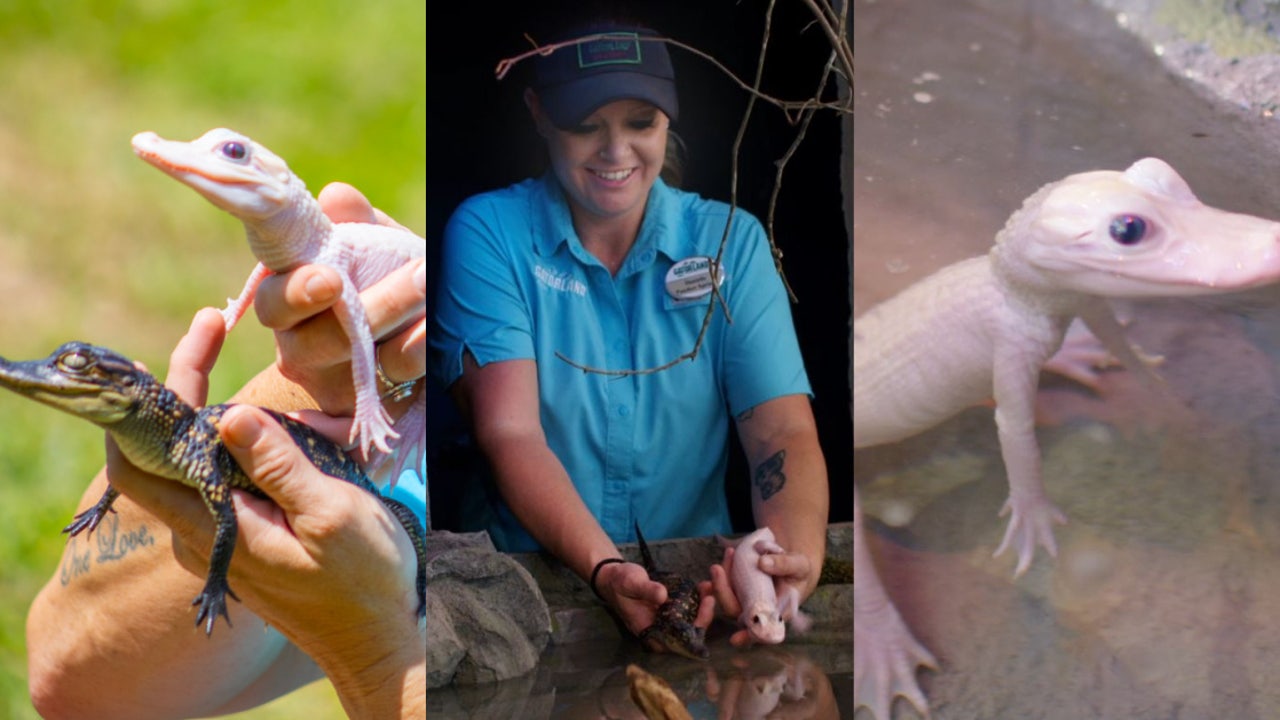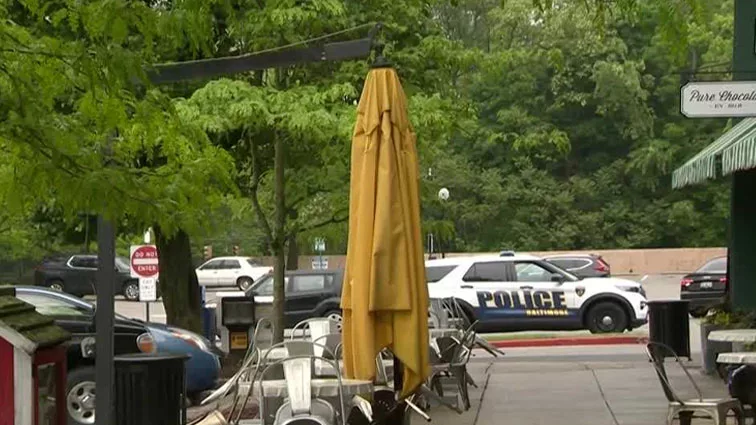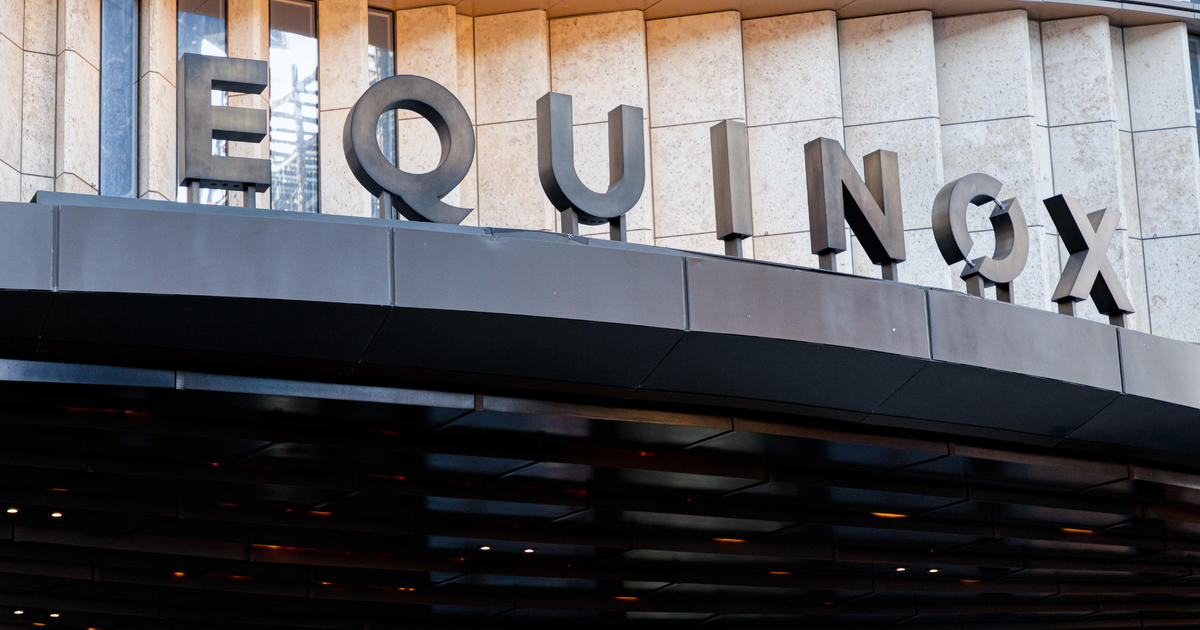Southwest Airlines fans know the drill: Check in to your flight exactly 24 hours in advance and secure your spot in line to board the plane. What seat you’ll end up in? That’s a mystery until the last minute.
Travel
Is Southwest about to end its free-for-all seating?

“It’s been several years since we last studied this in-depth, and customer preference and expectations change over time,” Jordan said. “We are also studying the operations and financial benefits of any potential change.”
Unlike most airlines, Southwest doesn’t have a premium section on its planes that commands higher fares. Where other carriers might charge extra for a cushy seat in the first few rows or an extra-legroom option near the front, Southwest customers can grab whatever seat is open. A spot near the front won’t come with any additional frills, however.
In a news release announcing quarterly earnings, a conference call discussing those results and an interview with CNBC, representatives said they were taking a deep look at customer preferences around seating and boarding. The current open-seating system was put in place when airliners were generally less full, the company said, noting that preferences change as planes fill up.
“There’s no decision, there’s nothing to report other than we are seriously looking at this,” Jordan said in response to a question about seating. “But early indications both for our customers and for Southwest look pretty darn interesting.”
While Southwest has contemplated the possibility of assigned seating for nearly two decades at least, the review has accelerated over the past six months, the CEO said. Jordan said the company will say more during an event for investors in September. The company has also recently said that it is preparing to add red-eye flights in the next couple of years.
Today, Southwest passengers can pay more to end up in a better seat, even without picking that seat in advance. Upgrades that provide priority boarding and early check-in give customers the first pick of spots. The airline makes “hundreds of millions of dollars” from those upgraded boarding options, executives said last year.
“They’re in kind of a pickle regarding revenue generation, so they’re looking at everything,” said Robert W. Mann, a consultant and former airline executive. “I think what they have seen is that when they’ve tweaked their existing cattle call … they find it to be very lucrative.”
He said that if the airline could deliver a more “pleasant” boarding process, or seat selection for a fee, it would probably be attractive to travelers.
“There’s nothing about their boarding process that they couldn’t improve,” Mann said.
Travel analyst Henry Harteveldt, president of Atmosphere Research Group, said he did research more than a decade ago that found a large number of people avoided Southwest because it did not offer extra-legroom seats, assigned seats or a premium business-class cabin. He said that the airline could make “an enormous amount of money” by adding assigned seating — and that travelers would probably welcome knowing what seat they would end up in.
“I think it could be an incredibly positive thing for the airline, but I recognize that Southwest has a more-than-50-year history of being egalitarian, of having open seating and being different from other airlines,” he said.










